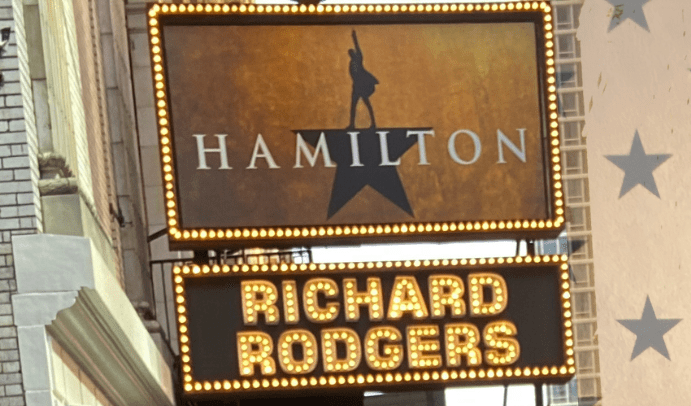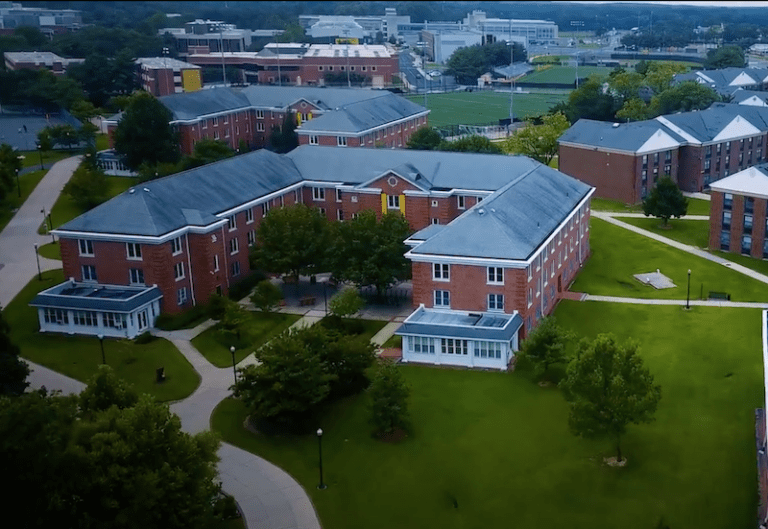How public colleges were crowded out, beaten up, and failed to fight back
By Karin Fischer and Jack Stripling
It happened so slowly that no one really noticed at first. That’s the way erosion works. It is a gradual decay.
But somewhere along the line, over the past three decades or so, the deterioration of support for public higher education became hard to miss. Appropriations tanked. Tuition soared. College leaders embraced gloomy rhetoric about broken partnerships with the very people who had built these institutions from the ground up.
Now we have come to a precipice. College students and their families, who just a decade ago paid for about one-third of the cost of their education, are on track to pay for most of it. In nearly half of the states, they already do.
Behind these changes is a fundamental shift. Public colleges, once viewed as worthy of collective investment for the greater good, are increasingly treated as vehicles delivering a personal benefit to students, who ought to foot the bill themselves.
The story of public higher education’s transition from a key national priority to an increasingly neglected special interest is untidy. It cannot be traced to any single moment in time. It cannot be laid at the feet of any one individual or ideology. Rather, it is the story of dozens and dozens of consequential moves made by individual actors across the country. They are lobbyists and activists, antitax conservatives and big-government liberals, conflicted idealists and self-preservationists. Even college leaders themselves.
They are the American public.
More>>



